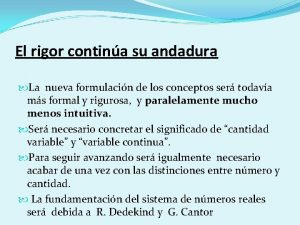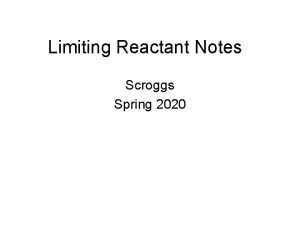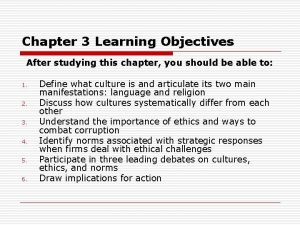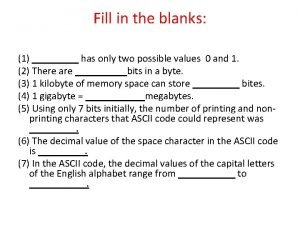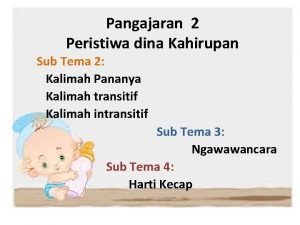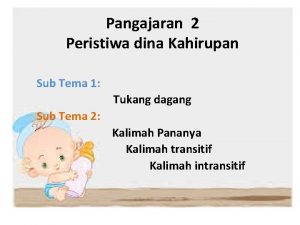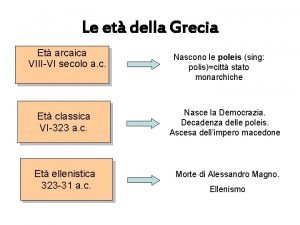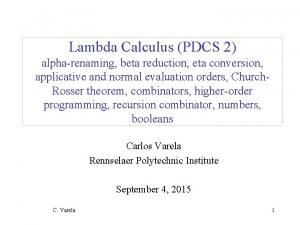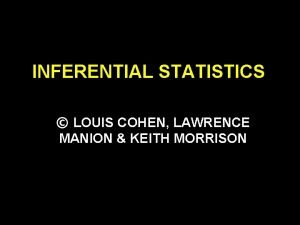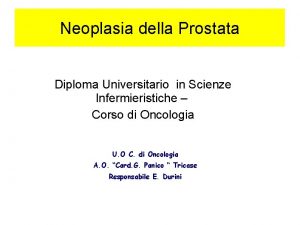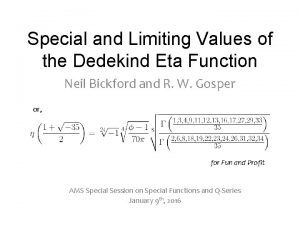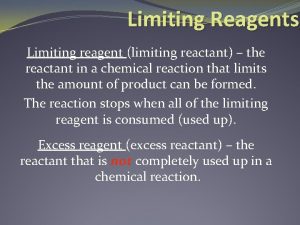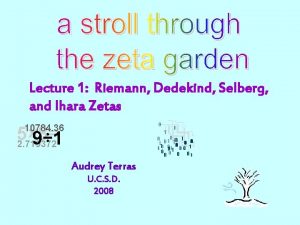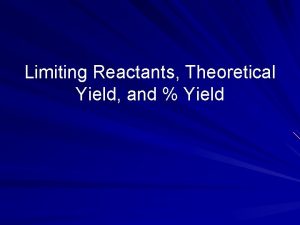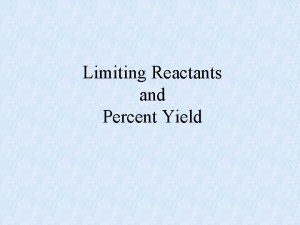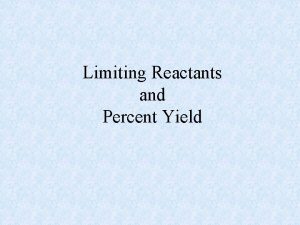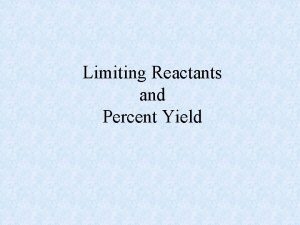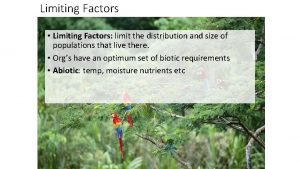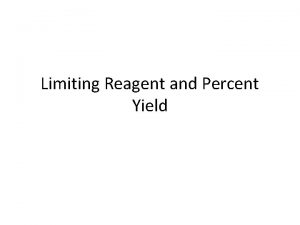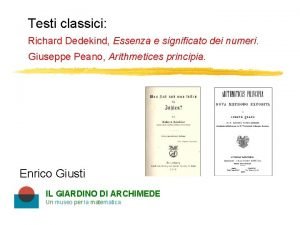Special and Limiting Values of the Dedekind Eta





























- Slides: 29

Special and Limiting Values of the Dedekind Eta Function Neil Bickford and R. W. Gosper or, for Fun and Profit AMS Special Session on Special Functions and Q-Series January 9 th, 2016

The Joy of η for Held group for one partcan of the solution So If we can compute η, the we compute special values of K! surprisingly difficult!

Notation •



The Chowla-Selberg formula (Kaneko(1949, (1990), 1967) Nakkajima and Taguchi’s 1991 version) For instance, the two reduced quadratic forms of discriminant -15 are [1, 1, 4] and [2, 1, 2], so Chowla-Selberg gives (after a bit of simplification) But this doesn’t give individual values (Unless d is a Heegner number. ) Solution: Find quotients of special values!

Weber by example •

Weber by example

Limiting values of η •

Double, double, boil and eta •

Weber by Jacobi …and sometimes the points overlap.

Weber by Jacobi

The bad news •

Spooky action in class field theory d doublings h(d)

The bad news •

Generalizing modular equations (William B. Hart, 2008) •

Generalizing modular equations (William B. Hart, 2008) •

Generalizing modular equations (William B. Hart, 2008) •

Generalizing modular equations (William B. Hart, 2008) • -4 -3 -2 -1 0 1 2 3 4

Generalizing modular equations (William B. Hart, 2008) • -4 -3 -2 -1 0 1 2 3 4

Generalizing modular equations (William B. Hart, 2008) • -4 -3 -2 -1 0 1 2 3 4 which works!

Exploiting modular equations •

Exploiting modular equations • 1 2 3 4

Exploiting modular equations • 1 2 3 4

We now have all the pieces we need to compute the value of η.

Dedekind η for fun and profit d=-51 • • • Use Chowla-Selberg to get a product of η values. Search through quadratic surds to find a way of linking the arguments of η: Find a modular equation that allows you to compute the value of η(z)/η(mz); • Plug in values and solve the resulting polynomial equation… • And substitute back into the original equation to get…

Dedekind η for fun and profit And it works!

evaluate an eta today! Source code available online at http: //bit. ly/eta 2016

Thank you! Neil Bickford nbickford. wordpress. com nbickford@g. ucla. edu Bill Gosper gosper. org billgosper@gmail. com
 Aulasystem
Aulasystem Biografia de julius wilhelm richard dedekind
Biografia de julius wilhelm richard dedekind Reactant
Reactant Machiavellian personality
Machiavellian personality An individual's enduring tendency to feel
An individual's enduring tendency to feel Western vs eastern values
Western vs eastern values A bit can have two possible values what values are those
A bit can have two possible values what values are those Human values types
Human values types What is eta 750
What is eta 750 Eta regia
Eta regia Clistene riforme
Clistene riforme Eta salary schedule
Eta salary schedule Kalimah wawancara nyaeta
Kalimah wawancara nyaeta Kecap pananya keur nanyakeun hiji tujuan nya éta.....
Kecap pananya keur nanyakeun hiji tujuan nya éta..... Tabella della pressione arteriosa in base all'età
Tabella della pressione arteriosa in base all'età L'età di pericle e la guerra del peloponneso
L'età di pericle e la guerra del peloponneso Viiivi
Viiivi Calculus
Calculus Io ho il doppio dell'età che tu avevi
Io ho il doppio dell'età che tu avevi Cohen manion morrison
Cohen manion morrison Ibilbidea eta desplazamendua
Ibilbidea eta desplazamendua Alfa beta gama delta matematika
Alfa beta gama delta matematika Associe as etapas do processo utilizado nas etas
Associe as etapas do processo utilizado nas etas Mugagabea singularra eta plurala
Mugagabea singularra eta plurala Diktadura frankistaren finkapena eta krisialdia
Diktadura frankistaren finkapena eta krisialdia Flageloak
Flageloak Flageloak
Flageloak Wppsi-iv interpretazione
Wppsi-iv interpretazione Tabella valori psa per età
Tabella valori psa per età La grecia arcaica e la nascita della polis
La grecia arcaica e la nascita della polis

